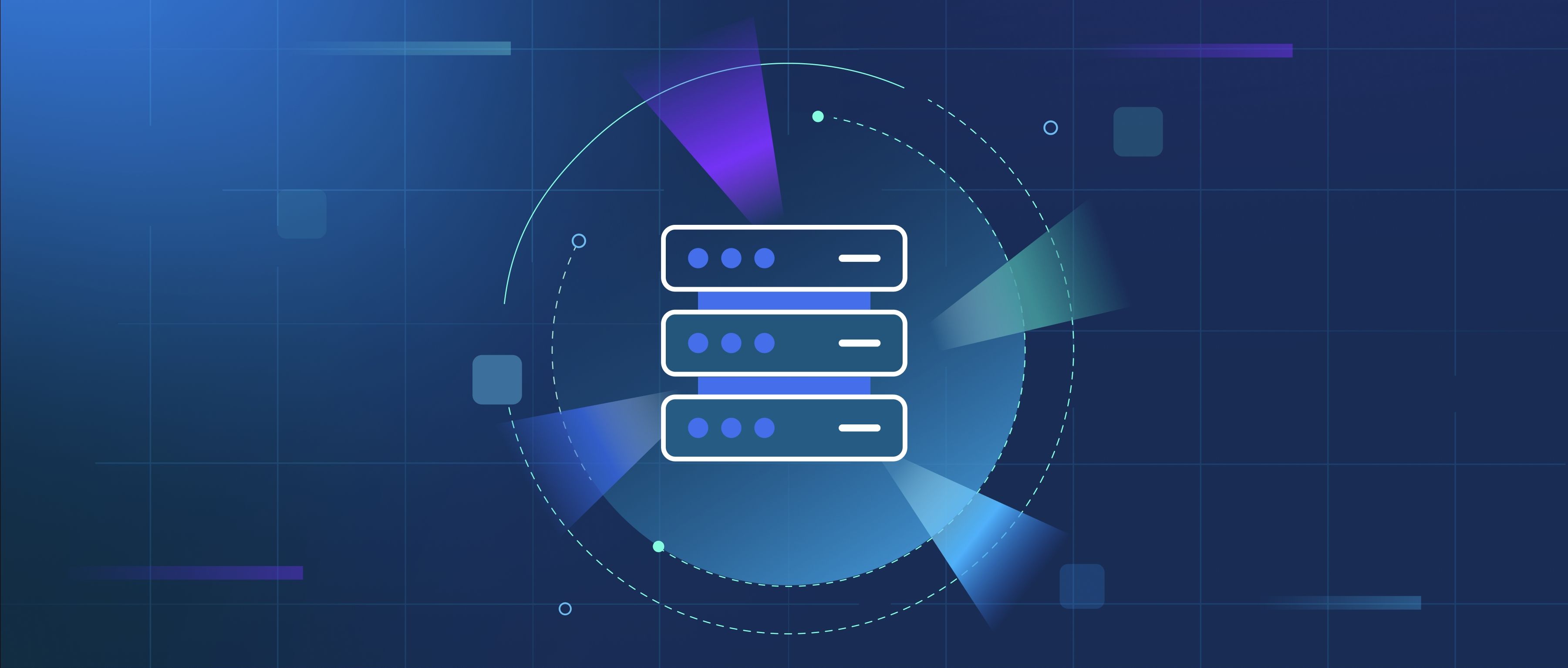AI reasoning models and human cognitive models differ primarily in their underlying structures and methods of processing information. AI reasoning models, like those based on machine learning, often use algorithms to analyze large datasets and learn patterns from them. They can process vast amounts of information quickly and perform specific tasks, such as recognizing images or generating text. These models rely heavily on statistical methods and can sometimes produce results that seem intuitive. For example, a language model can generate text that feels coherent because it has been trained on countless examples of human language, but it doesn't truly understand the context or meaning in the same way a human does.
In contrast, human cognitive models are based on the actual cognitive processes of the brain, which involve emotions, comprehension, and a deep understanding of context. Humans can reason through abstract problems, understand nuance, and apply knowledge flexibly across various situations. For instance, when faced with a decision, a human can weigh emotional reactions, past experiences, and ethical considerations, which adds layers to their reasoning that AI models do not possess. Humans can also understand complex social cues, making decisions based on empathy and morality—concepts that remain challenging for AI.
Moreover, human cognition is dynamic and adaptive, capable of learning from a small number of examples and generalizing knowledge to new situations. In contrast, AI typically requires large datasets to learn effectively. While AI can perform tasks that follow specific patterns, it often struggles with unexpected scenarios due to a lack of true understanding. For example, while an AI model can play chess at a high level by analyzing countless games, it might not generalize that strategy to other board games with different rules. Overall, while both AI and human reasoning have their strengths and weaknesses, the way they process information and learn reflects their intrinsic differences.
